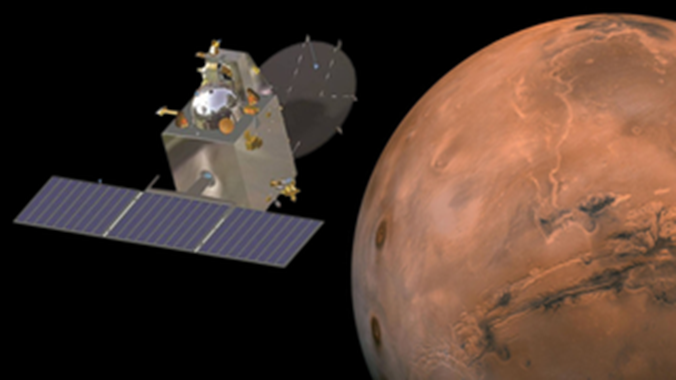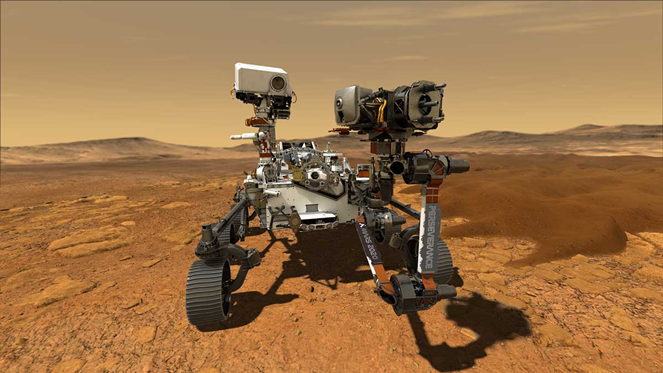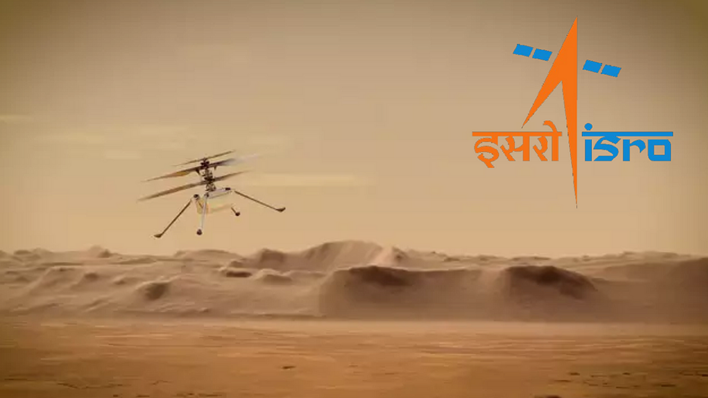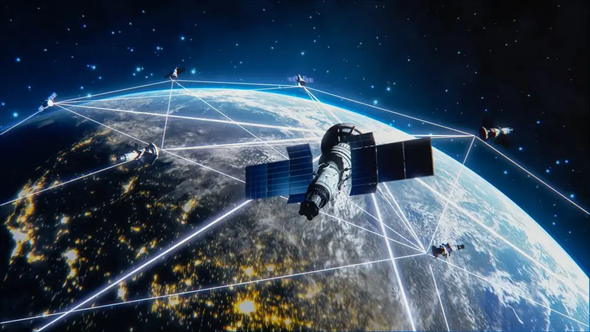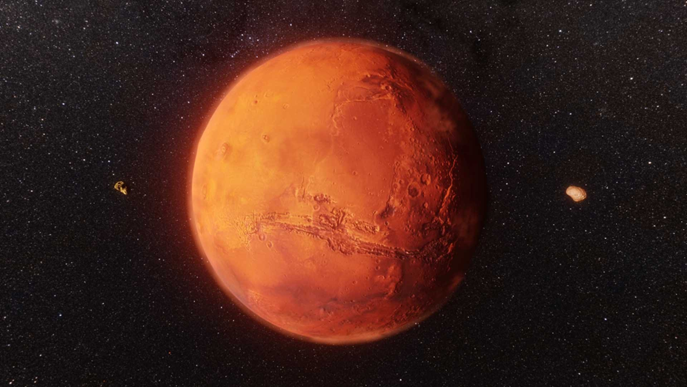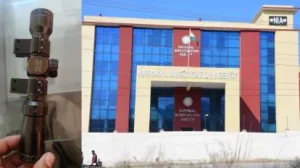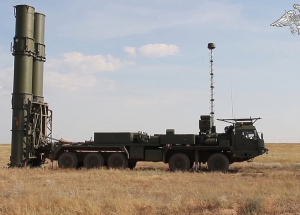Indian Space Research Organisation is betting big on its second mission to Mars after the historic success of Mangalyaan. The Indian space agency, which is already working to develop the second mission to Mars has revealed how it plans to land its mission on the Red Planet. The feat has only been achieved by the United States and China until now. India aims to become the third country on Earth to land a spacecraft on another planet and join the elite club.
India’s Ambitious 2nd Mars Mission
Why In News
- Indian Space Research Organisation is betting big on its second mission to Mars after the historic success of Mangalyaan. The Indian space agency, which is already working to develop the second mission to Mars, has revealed how it plans to land its mission on the Red Planet. The feat has only been achieved by the United States and China until now. India aims to become the third country on Earth to land a spacecraft on another planet and join the elite club.
What Is ISRO Planning For Mars
- ISRO is already working on the second Mars mission, which will feature a rover and helicopter combination the same as NASA’s Perseverance rover. The presentation showed that the Indian space agency is working on developing a supersonic parachute, and a sky-crane for deploying the rover on the Red Planet.
- The mission will be launched aboard the heavy-lift Launch Vehicle Mark-III (LVM3) to Mars.
- The sky crane won’t be the first to be used to deploy the rover, Nasa developed the sky-crane system to land its highly precise and successful Perseverance rover on Mars. This system allows for a controlled and precise landing, avoiding the need for airbags or ramps.
- Sky Crane ensures that the rover lands upright and ready to begin its mission, even in challenging terrain. ISRO will be developing the technology catered to the Indian rover.
- Indian engineers are also working on the design and development of a fully functioning helicopter to fly in the thin Martian air. The rotorcraft is in the conceptual stage and will carry several instruments.
- The UAV will carry Marble a.k.a the Martian Boundary Layer Explorer, that will have a suite of payloads for aerial exploration of Mars. The aerial vehicle will be designed to be capable of flying up to 100 meters in the thin Martian air to profile the Martian atmosphere.
- Meanwhile, to ensure proper communication with the Mars mission, Isro is also planning to deploy a relay communication satellite ahead of the mission launch. The satellite will be launched aboard the Polar Satellite Launch Vehicle to act as a relay between Mars and Earth to ensure smooth uninterrupted communications.
- It is worth mentioning that the time it takes for signals to travel between Mars and Earth varies based on their relative positions. At opposition, when Mars is closest to Earth, signals can take around 3 to 22 minutes to travel one way. However, during conjunction, when Mars is on the opposite side of the Sun from Earth, signals can take around 6 to 44 minutes one way.
- India was the first Asian nation to reach the Martian orbit – and in its first attempt. Recent ambitious missions to the moon and mars have propelled the country among the top spacefaring nations in the world.
